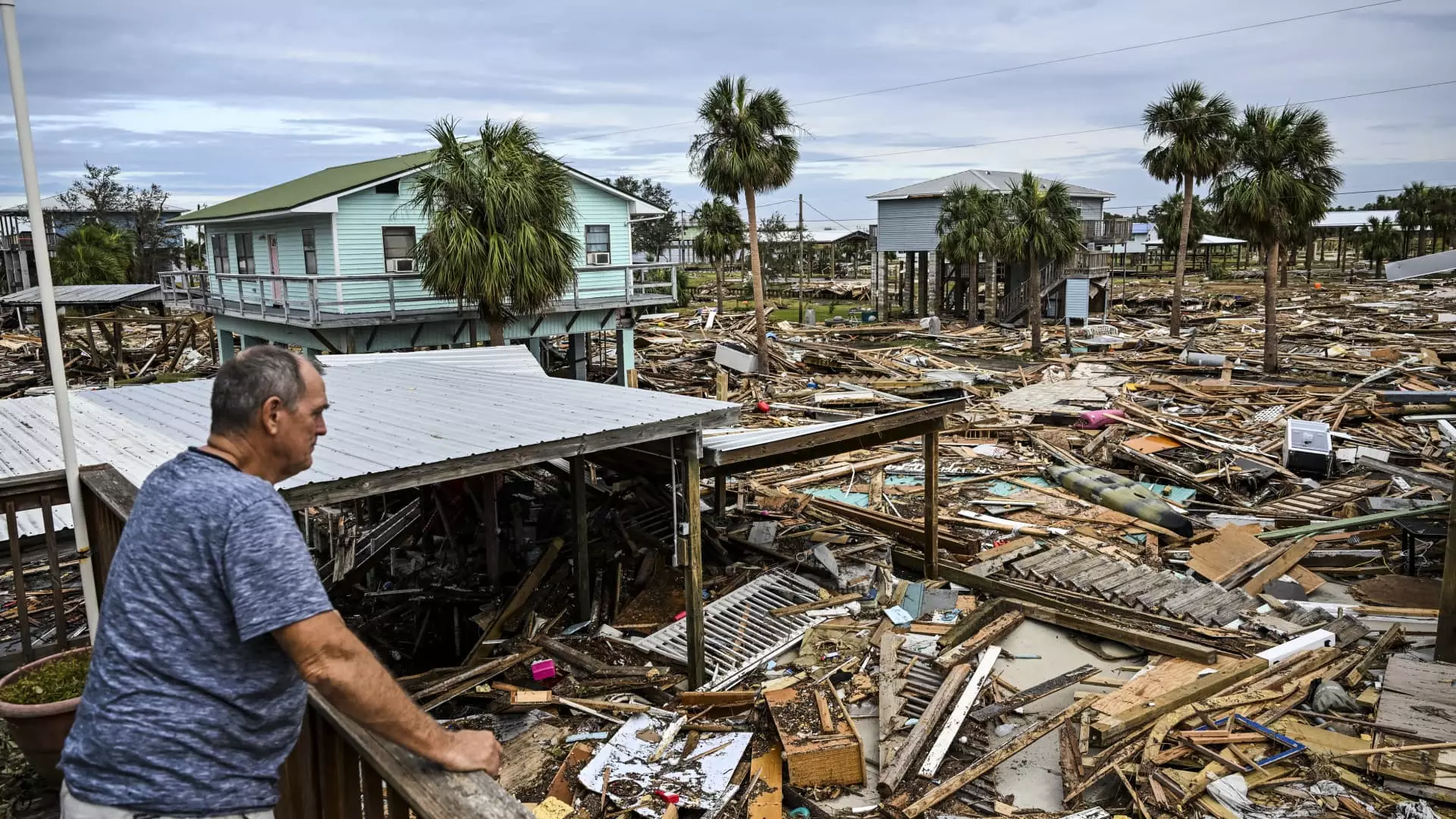Natural disasters wreak havoc not only on landscapes and infrastructure but also on the financial stability of those affected. With recent events, such as Hurricane Helene and Hurricane Milton devastating numerous states, the IRS provides a potential lifeline in the form of tax relief through the casualty loss tax deduction. However, navigating the complexities surrounding this deduction is often a daunting task for victims already grappling with overwhelming losses.
In late September, Hurricane Helene left a trail of destruction across several southeastern states, including Florida, Georgia, and Virginia. Just two weeks later, Hurricane Milton compounded the situation by unleashing winds and severe flooding on central Florida. The combined impact of these disasters is estimated to result in losses scaling tens of billions of dollars, affecting both insured and uninsured homes. The plight of these victims goes beyond immediate physical damage; it extends into the realms of financial uncertainty and the pressing need for guidance on available relief options.
For those affected by federally declared disasters, the IRS provides a mechanism to recover some of the losses through the casualty loss deduction. This tax break allows certain taxpayers to amend their 2023 returns and potentially recoup a portion of their losses. However, it’s important to recognize that qualifying for this deduction is not as straightforward as it might appear. For many, the eligibility criteria, particularly post-2017 tax reforms, create an additional layer of complexity.
Prior to the Tax Cuts and Jobs Act (TCJA) of 2017, individuals could claim the casualty loss deduction for a wider range of personal losses, such as property damages from various disasters. Unfortunately, the TCJA imposed restrictions that limit this deduction to losses incurred only in federally designated disaster areas until 2025. This change poses challenges for those who face significant losses in areas that have not been officially declared disaster zones, thereby cutting them off from potential tax relief.
Calculating the casualty loss deduction is intricate and requires a thorough understanding of one’s property’s adjusted basis and fair market value post-disaster. The adjusted basis usually comprises the original purchase price along with the cost of improvements. To determine the casualty loss, it’s essential to assess the extent of the decline in fair market value caused by the disaster. However, this can be tricky without accurate appraisals readily available before the disaster occurred.
Fortunately, the IRS provides “safe harbor methods” that simplify this process by allowing victims to avoid the complexities of individual appraisals. This method encourages taxpayers to derive a loss calculation using predetermined metrics rather than getting bogged down in technical appraisals.
To compute the casualty loss, victims first need to identify the lesser value between their adjusted basis and the fair market value immediately before the disaster. With this figure in hand, they must then subtract any insurance payouts received or other disaster-related assistance. The loss calculation further requires subtracting a $100 threshold as well as 10% of the taxpayer’s adjusted gross income (AGI), which complicates the process since a higher AGI can significantly reduce the indicated loss.
Furthermore, in circumstances deemed as “qualified disaster losses,” the rules can become more favorable. Under these unique situations, the threshold increases to $500, necessitating no AGI threshold, and individuals can even add their losses above the standard deduction for their tax filings.
With the intricate nature of tax relief associated with natural disasters, it is imperative for eligible victims to seek professional guidance. Tax professionals can provide crucial insight into navigating the complexities of the casualty loss deduction and ensuring that victims maximize their benefits while minimizing potential pitfalls. In the aftermath of devastating hurricanes, understanding and utilizing available tax relief can help restore a sense of fiscal stability to those impacted by nature’s unexpected fury.

